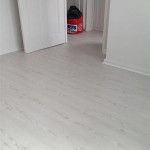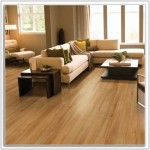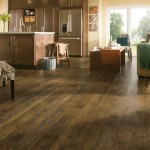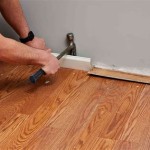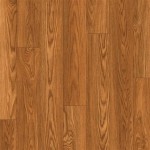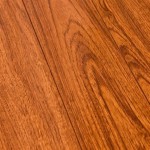Essential Aspects of Flooring for Dog Kennels Outdoors
Providing a safe and comfortable outdoor environment for dogs in kennels requires careful consideration of flooring materials. The choice of flooring plays a crucial role in ensuring the well-being of dogs, maintaining hygiene, and maximizing their quality of life. Here are the essential aspects to consider when selecting flooring for dog kennels outdoors:
Durability and Strength: Outdoor kennel flooring must withstand constant wear and tear from canine activities, including scratching, chewing, and running. Materials such as concrete, rubber, and synthetic turf possess excellent durability and can endure the rigors of a kennel environment.
Drainage and Hygiene: Proper drainage is vital for maintaining a clean and hygienic kennel. Flooring should facilitate the flow of water and urine, preventing the accumulation of moisture that can lead to unpleasant odors and health issues. Porous materials like gravel or perforated rubber are ideal for drainage.
Slip Resistance: Dogs in kennels are often active and may run or jump within their enclosures. Non-slip flooring ensures stability and prevents injuries caused by slipping or falling. Textured surfaces, such as grooved concrete or rubber mats with friction-enhancing patterns, provide excellent traction.
Comfort and Insulation: Outdoor kennel flooring should provide a comfortable and insulating surface for dogs. Concrete floors, while durable, can be cold and uncomfortable. Rubber flooring offers warmth and insulation, while synthetic turf mimics the feel of grass, promoting natural behaviors.
Temperature Regulation: In extreme weather conditions, flooring can help regulate temperature within kennels. Reflective materials like white concrete or light-colored rubber can reduce heat absorption in summer, while insulated flooring can provide warmth in winter.
Ease of Maintenance: Kennel flooring should be easy to clean and disinfect to maintain a sanitary environment. Concrete and rubber are relatively low-maintenance, requiring occasional cleaning, while synthetic turf may require periodic brushing or hosing down.
Additional Considerations: Other factors to consider when choosing flooring for dog kennels outdoors include the size and number of dogs, the climate, and the kennel's budget. It's recommended to consult with professionals or experienced kennel operators to determine the most suitable flooring option.
By carefully considering these essential aspects, kennel owners can select flooring that ensures the well-being, comfort, hygiene, and safety of their canine companions, creating a suitable outdoor space that meets both the needs of dogs and the requirements of the kennel environment.

Permeable Dog Kennel Flooring Ecoraster North America

Diy Dog Kennel Floor Flooring Building A

Dog Kennel Flooring Pet Mats

The Best Long Lasting Dog Kennel Flooring Racs

Permeable Dog Kennel Flooring Ecoraster North America

Kennel Tuff Plastic Dog Flooring Duraplas

Great Outdoor Dog Kennel Flooring Ideas Animal Hub Diy

Permeable Dog Kennel Flooring Ecoraster North America

How To Build An Outdoor Chain Link Dog Kennel Family Handyman

The Best Flooring Features For Outdoor Dog Kennels
Related Posts

